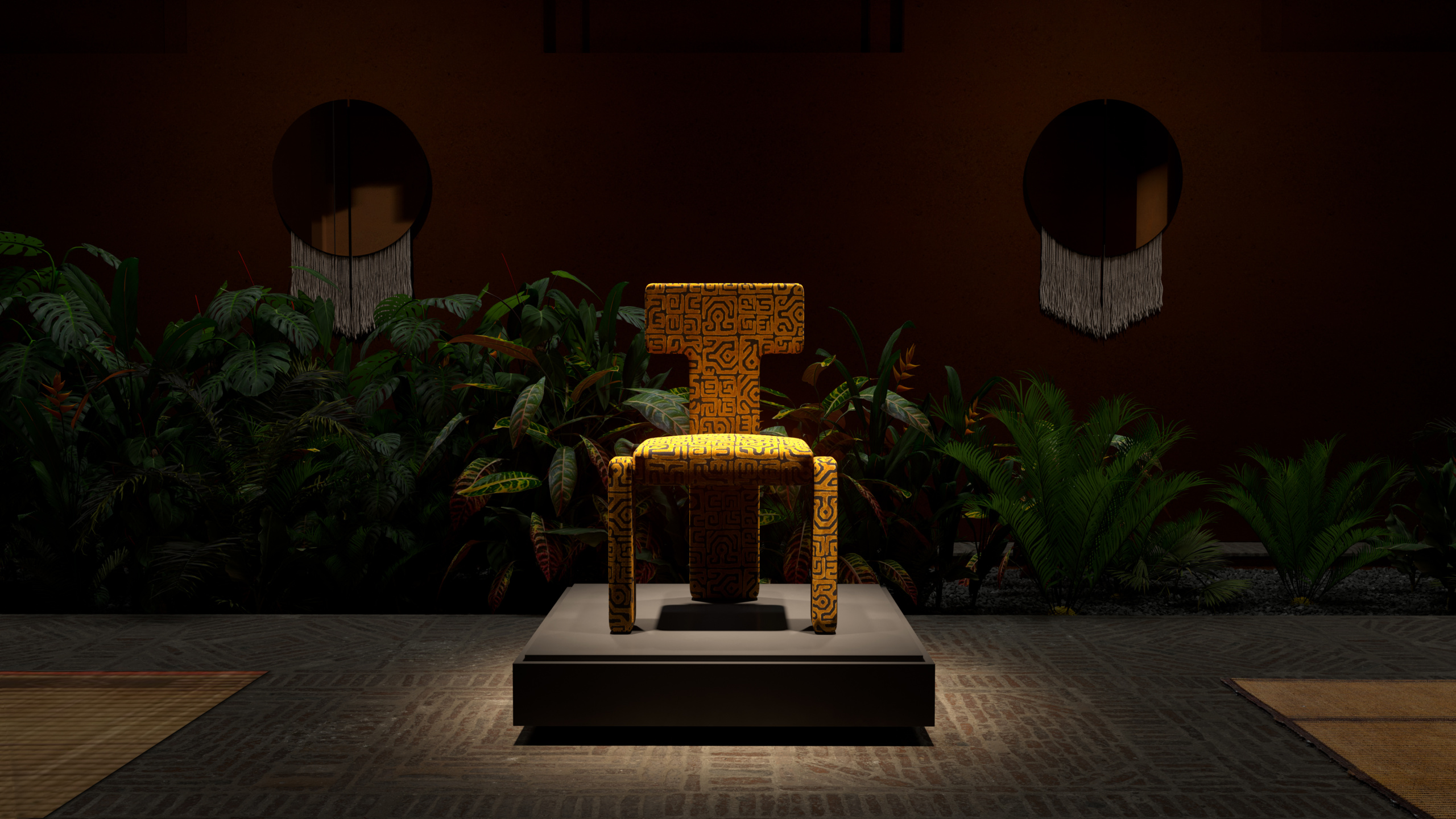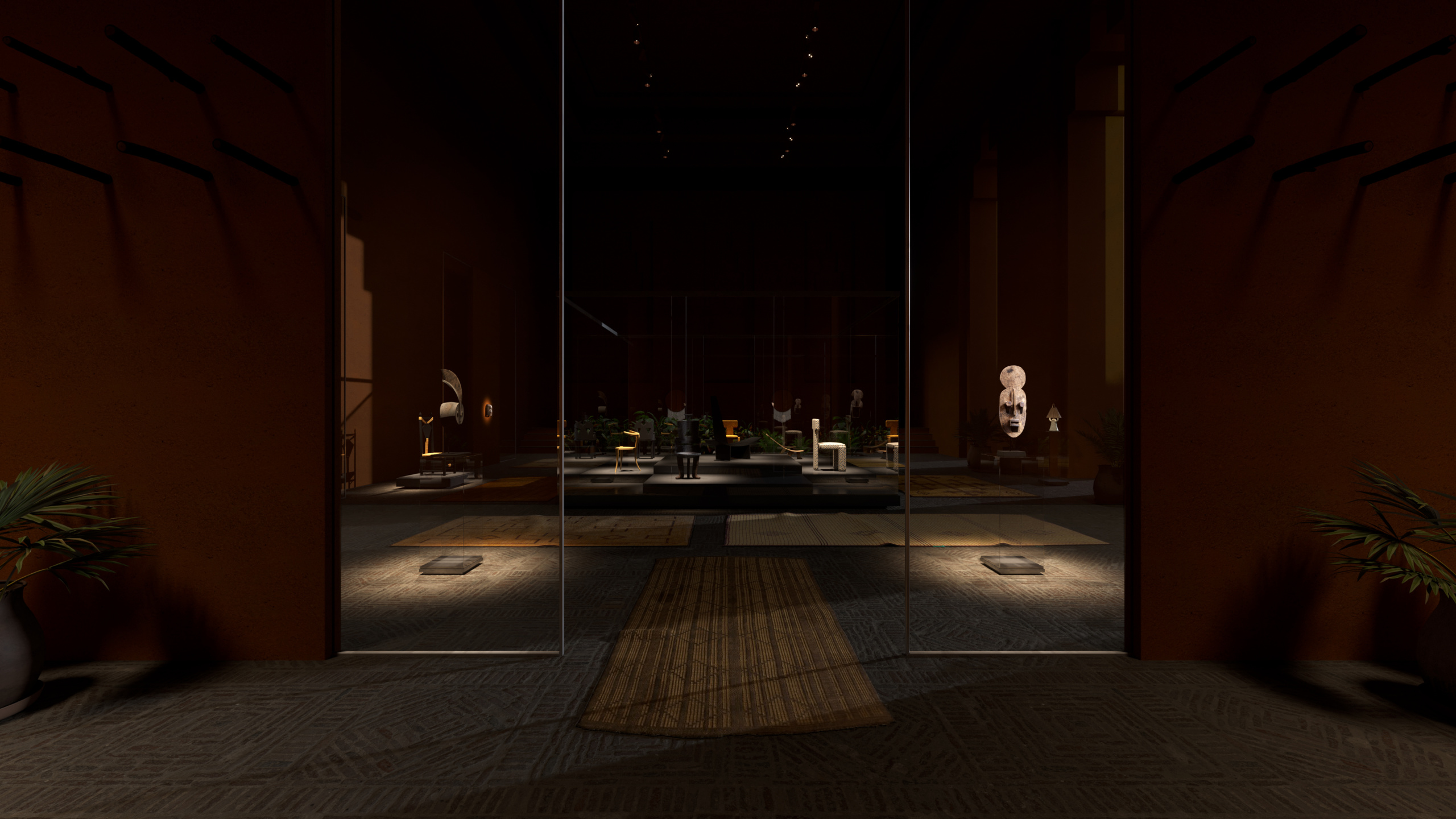
In 1907, Pablo Picasso was noted to have had a “revelation” while viewing African artworks at Paris’s Palais du Trocadéro. What followed was a period of his work that turned the shapes and angles of the masks he saw there, and the Gabonese Fang mask he saw at fellow artist Andre Derain’s studio, into the faces of his portrait subjects. Historically, this form of referencing has been celebrated for kickstarting the artist’s move into analytical cubism. Picasso is now a household name, but his African inspirations remain largely unknown.
While Picasso’s pre-Cubism period is perhaps the most well-known example of the incredible influence that African and Indigenous designs have had on Western artists, it is not alone. However, each story ends mostly the same: the referenced artist is forgotten while the Western “innovator” rises and subsequent references continue to diminish the originator’s significance until the idea is abstracted into anonymity. It is this repeating phenomenon that a new virtual exhibition by design company TRNK aims to end. Selecting works by seven contemporary designers and pairing them with African and Indigenous works that are their contextual origins, “Provenanced” questions the viewers’ and the designers’ own understanding of their works’ references.
“The intention of the show was really to spark a dialogue, and to really offer a form to start having some of these conversations and by no means is it perfect or is it even comprehensive,” says TRNK founder Tariq Dixon who curated the exhibit that opens online tomorrow. Through his research he found a lack in the design world not only of knowledge of visual language origins but of the terminology to describe them. Presenting contemporary design pieces by Mexico City-based EWE, Barcelona-based Marta Bonilla, Tsibili, Georgia-based Rooms Studio, Sardinia-based Pretziada, Providence-based Ben & Aja Blanc, Ethiopian American artist Jomo Tariku and Brooklyn-based Form Atelier alongside their vintage allusions, Dixon asked the designers to analyze the cross-cultural connections inherent in the concepts of their own making. Some, like Tariku, have dedicated their practices to making work that references African and Indigenous design languages as a primary source. Others found new references in their own work upon participating in this show. As a curator, Dixon plays the role of a sort of moderator for these discoveries and conversations.

Elizabeth Fazzare: Why were you moved to curate this exhibit and how did you choose the participants?
Tariq Dixon: One of the main impetuses of seeing this come to life before the end of the year were the conversations around Black Lives Matter. It really created this heightened sense of urgency on my behalf. As the design community started to look inward, a lot of the conversations were more centered around diversity, inclusion or representation, and less about interrogating the formal qualities of the pieces we were producing and, as designers, examining our understanding of our sources of inspiration and references.
I wanted to also represent a range of design processes, origin stories and also intentionality to really express the breath, the depth and the persistence of these references, which over history become obscured. There are some designers in the show who specifically point to African and Indigenous references as a primary source of inspiration and there are others who don’t and you know, even before being approached for the exhibition didn’t consider their works to be inspired by these references. Because they sometimes are two, three degrees of separation removed, instead they point to artists, even like Memphis, as you know, closer sources of inspiration that all of which are derivative from the same original sources.
EF: In what ways can push against the Eurocentric canon of design and as you’ve already mentioned, someone saying, ‘My work references Memphis’ versus saying, ‘My work references the colors and patterns of African cloth?’
TD: I think it’s important to first unpack the definition of the Eurocentric too, which I think can be a centering of European worldviews or like a favoritism for European culture. What I really wanted to express with “Provenanced” is that many of the ideas that you consider to be European, truthfully, aren’t. That’s because like Eurocentrism also involves this filtering process and within its sort of narrow canonical frameworks, though, it has a tendency to contract these imagined histories in order to defend its particular worldviews, and in some cases, also the equipment of privilege. Just one prime example, the Western world’s treatment of African and Indigenous art took these incredibly rich and diverse cultures and abstracted them to the point of anonymity, which consequently strips them of any agency or ownership.
This filtering process often absorbs what it likes, and then discards when it doesn’t, which in this case was like the context in the origin stories. This process of dismantling Eurocentrism, yes, requires us to elevate and celebrate diverse cultures, but we also have to dismantle these remnants of colonialism, and the sort of impulses that we’ve learned to instinctively extract, absorb and then erase. And then I, you know, I think this process requires us to also do quite a bit of damage control, quite honestly, and, to interrogate a lot of our predecessors in many ways, to rewrite history.

EF: How do you feel this show helps to interrogate the tendencies or Eurocentric biases that the design world holds?
TD: One important thing to realize in approaching these conversations, however imperfect and messy they may be, is to approach them with a sense of humility, and I think that’s part of what this show is attempting to offer. Then there’s an educational component, as well. It doesn’t explain all steps in history and how we got to this point, but it does offer some reference points, and also a very good list of suggested readings. I’ve kind of gone pretty deeply into this myself. Through the process, we also encourage each of the designers who participate in the show to do the same thing. The process wasn’t prescriptive; I wasn’t giving them too much direction on how they should go about it or what the outcome should be. But again, we have to be more critical and interrogate to reveal things that you wouldn’t previously consider.
EF: It also brings up the interesting questions of what makes design collectible, and why does a design become collectible?
TD: We have a tendency to hierarchize, too, in ways that I think are counterproductive. One thing the show seeks to make apparent is like placing some of these vintage pieces next to contemporary ones, it’s kind of hard to ascertain which is which. But on the other hand, the design world will relegate based on origin something as a craft or artisan-made and then elevate other works based on who created them as collectible. That’s something that we definitely interrogate. Like, truly, what are the differences in the formal qualities of these pieces? Recognizing the utilitarian functions, and what elevates it to that level of provenance? And we don’t have a great answer for it.










 in your life?
in your life?

